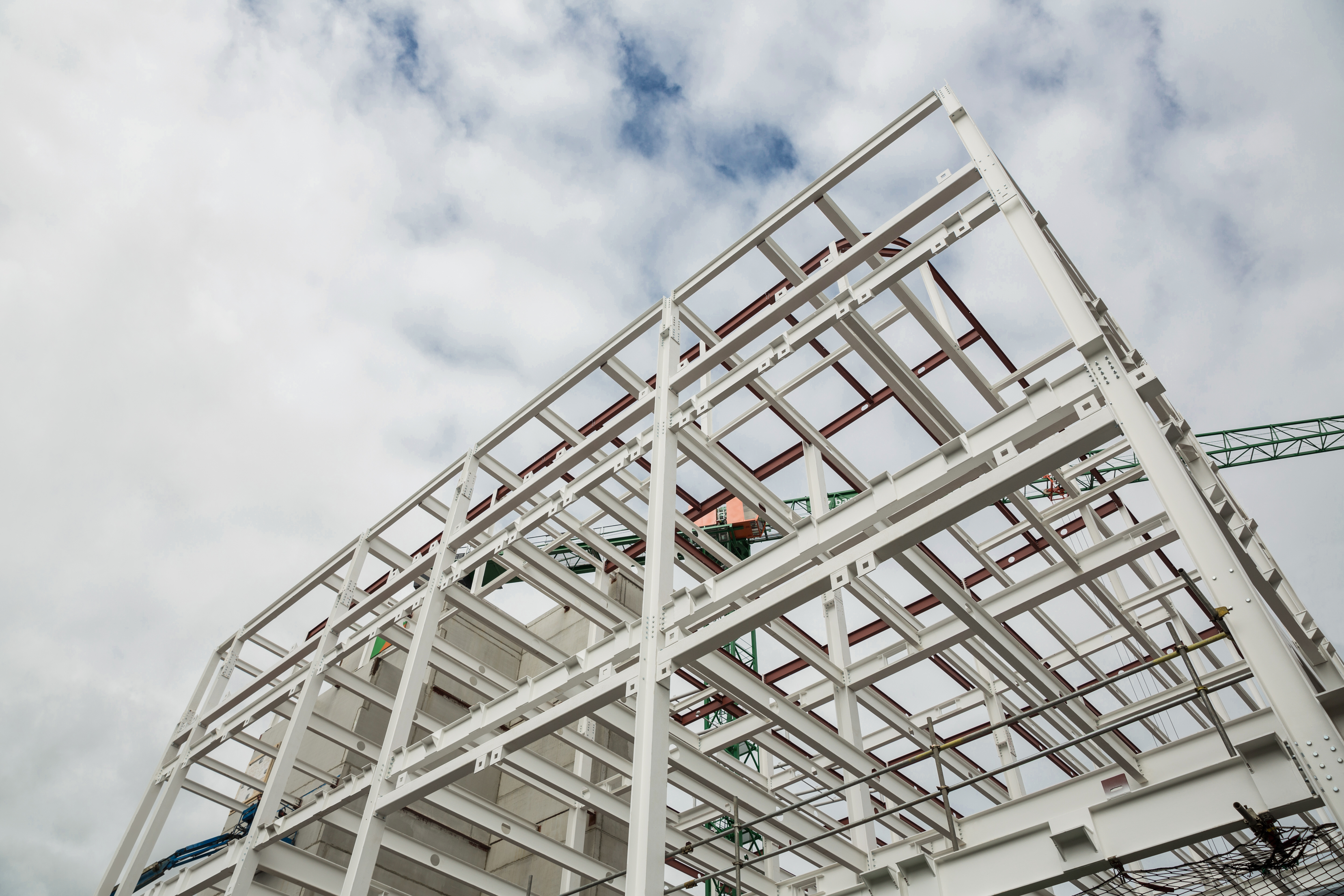
Design strength assessment for steel and steel concrete composite structures is a critical discipline within structural engineering. These assessments ensure that buildings and infrastructure achieve optimal safety and longevity while remaining cost-effective. By integrating the inherent advantages of both steel and concrete, composite structures provide superior strength-to-weight ratios and enhanced durability.
Modern assessment methodologies employ advanced numerical modeling, experimental data, and stringent compliance with international design codes such as Eurocode 4, AISC, and ACI standards. Accurate evaluation of load-bearing capacities, fatigue resistance, and serviceability criteria are essential to prevent structural failures and extend service life.

Comprehensive evaluation involves analyzing factors like material properties, connection details, environmental impacts, and dynamic loads. Incorporating sustainability and resilience considerations is increasingly vital in response to climate change and evolving regulatory requirements.
Professional engineers leverage these assessments to make informed decisions regarding material selection, design optimization, and construction practices. Continuous research and innovation drive improvements in composite technologies and assessment protocols, enabling safer and more efficient structures worldwide.
Why Design Strength Assessment Matters
- Guarantees compliance with safety regulations and standards.
- Optimizes material use and reduces construction costs.
- Enhances structural resilience against natural hazards.
- Extends lifespan of buildings and infrastructure.
- Supports sustainable and environmentally responsible design.
Advanced Techniques in Composite Structure Evaluation
Recent advances include the use of finite element analysis (FEA), non-destructive testing (NDT), and real-time monitoring systems to detect structural issues before failure. Integration with Building Information Modeling (BIM) further refines design accuracy and lifecycle management.
The future of composite structural design lies in smart materials and adaptive systems capable of self-healing and load redistribution, promising unprecedented durability and performance.

Conclusion
Performing a rigorous design strength assessment for steel and steel concrete composite structures is pivotal for constructing safe, durable, and cost-effective buildings and infrastructure. Advances in materials science, numerical modeling, and code development continuously improve the reliability of such assessments.
Engineers must remain up-to-date with evolving standards and integrate innovative practices to meet increasing demands for sustainability, resilience, and economic efficiency.
Implementing rigorous assessment protocols, combined with sound engineering judgment, ensures that structures perform optimally under all service conditions.